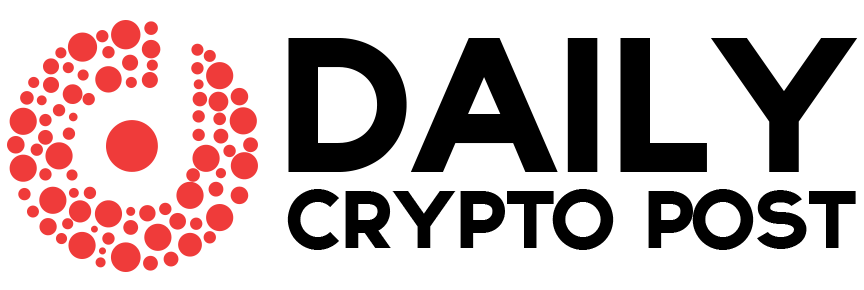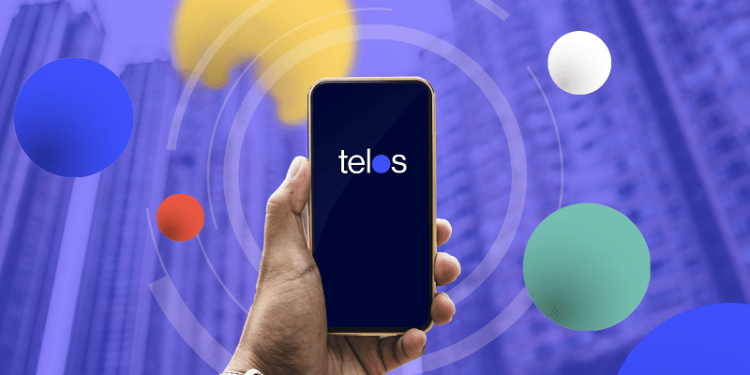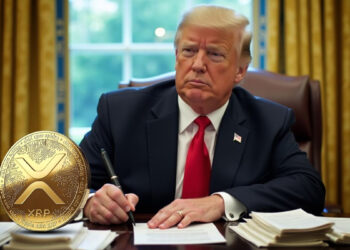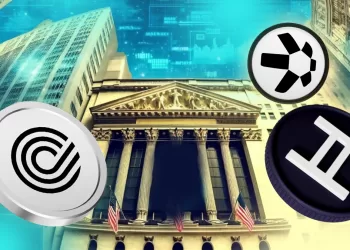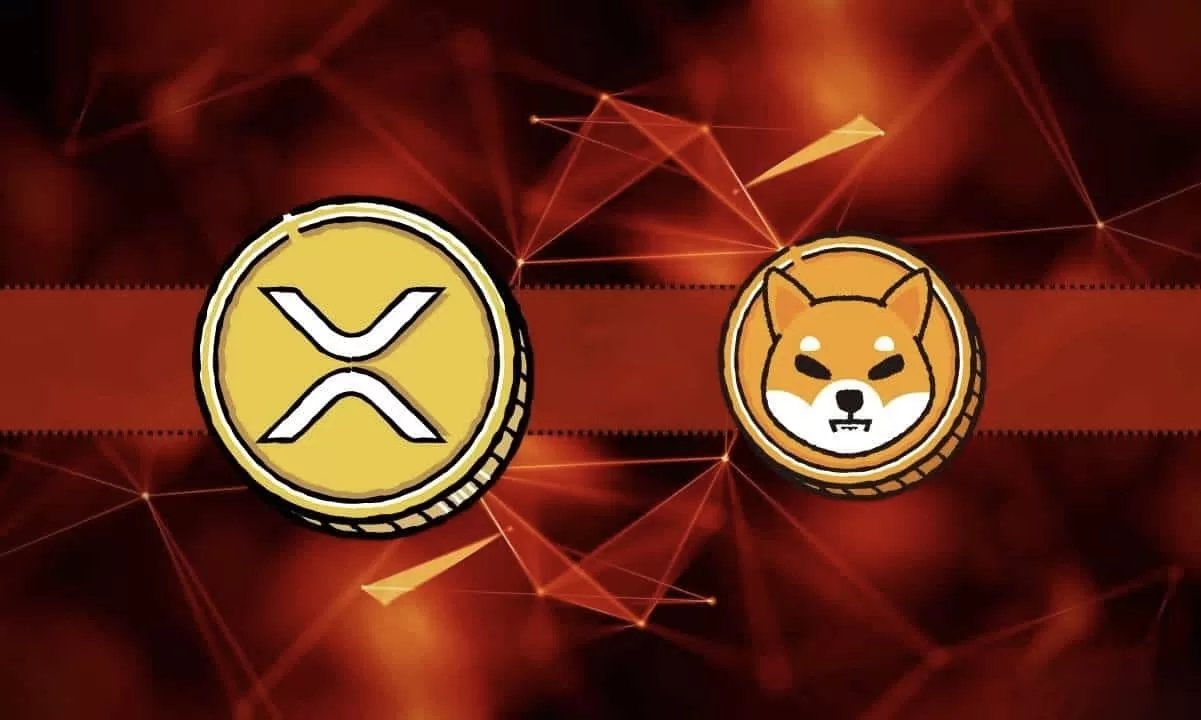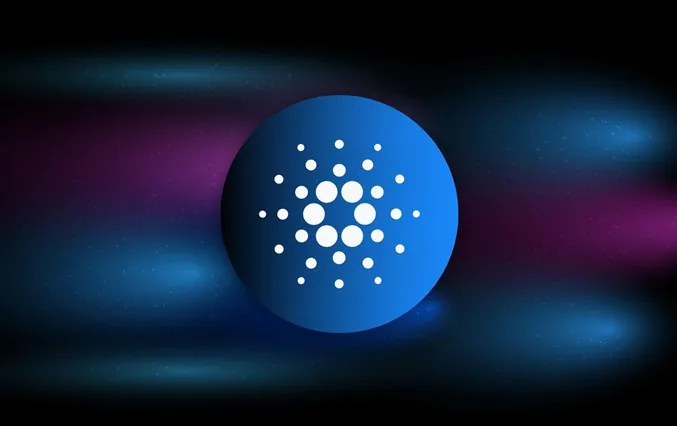EVMs are a massive part of the Ethereum ecosystem. Without EVMs, there would be no decentralized applications (Dapps), and without decentralized apps, we would have no control over our data and assets. With so many popular EVMs today, each with its unique abilities, it’s important to identify the suitable one for your needs. In this article, we will compare two of the most popular EVMs (Telos vs. Tezos) based on their governance so you can make an informed decision.
Tezos features an on-chain self-amending governance model. This model involves a five-step process used in decision-making. With this model, Tezos can avoid issues that might lead to a hard fork in the blockchain.
Changes are usually proposed by “bakers” randomly selected in the network. These bakers can vote changes with each proportional to the size of a baker’s stake. Users only earn the right to bake when they have a roll of tokens (1 roll = 8,000 t). However, tokens can be delegated to other bakers for voting purposes only.
The Self-amendment process begins with the proposal period and ends with the Adoption Period. The Exploration Vote Period, Cooldown Period, and Promotion Vote period are in-between. Each period takes about 14 days to execute, summing up to two months and ten days.
During the proposal period, bakers can submit proposals via the operation of the proposal. A baker automatically casts their vote(s) for that particular proposal by submitting a proposal. After submitting proposals, other bakers can now cast their votes for top-ranked proposals. You can either vote “Yay,” “Nay,” or “Pass.”
The number of votes a baker has is determined by the number of rolls in its staking balance. This stage is known as the Exploration period. Next is the testing period.
The proposal that wins with the most votes during the exploration period goes through testing on the testnet fork. This determines how worthy the proposal is to become amended into the protocol. Then comes the promotion period, where bakers get to vote again given the proposal’s performance during the testing period. The voting process mimics that of the Exploration period. Lastly, if the required vote for adoption is gotten for a particular proposal, it gets adopted into the blockchain protocol.
Although Tezos offers fantastic features in its Governance model, it is still little compared to what Telos offers. Telos EVM is one of the few EVMs that wasn’t born out of the original Ethereum. Telos uses “Decide Governance.” This feature is only peculiar to the Telos Governance model and cannot be found on any other. It gives these DApps the ability to create a smart contract based on the governance rules. This feature is kept running by Telos core developers.
Telos Decide offers a Secured Ballot Hosting feature that allows users to publish a public ballot regarding the voting process. In addition, it gives the publisher the option of selecting a particular token to be used during the voting process.
The engine further boasts advanced voting methods that gives publishers flexibility regarding the voting process. For example, they can easily customize the token balance required for voting and how votes should be cast.
Features such as Custom Token Treasuries allow any custom token treasury created on the blockchain network to inherit the Telos Decide voting services. This kind of flexibility makes the Telos Governance model stand out among others.
Telos Decide Governance Engine offers other unique features, including Committee Management Tools, Traceable Vote Integrity to recalculate vote weights, Integrated Payroll System for project funding, and many more.
Telos Governance also features other components, one which is called Telos Works.
Telos Works: This feature gives users the ability to submit project proposals in search of funding for the community project. As a user with a particular project in mind, all you need to do is follow a four-step process to get your project running.
First, you draft a proposal that includes the total required funding, all set for several milestones. After the milestones are clearly defined, the proposal is launched for the Telos community to vote. Milestones with passing votes get Funded. Each subsequent milestone goes through the same process. Only milestones that get voted for will receive funding.
This effortless feature gives users access to add value to the community. It encourages participants to develop ideas to take the whole project to higher levels. Approval for community projects does not need to go through any third-party or set leaders.
It has also deployed other significant features such as Telos Resolve, which helps settle disputes within the community and employs on-chain smart contracts to update the Telos Protocols based on user votes. This is done via the Telos Amend feature.
Telos support Dapps and DAOs built on the blockchain. It gives a lot of control by integrating the Telos Decide Governance Engine into their very own system. This particular feature puts the Telos EVM at the forefront of all other blockchains.
